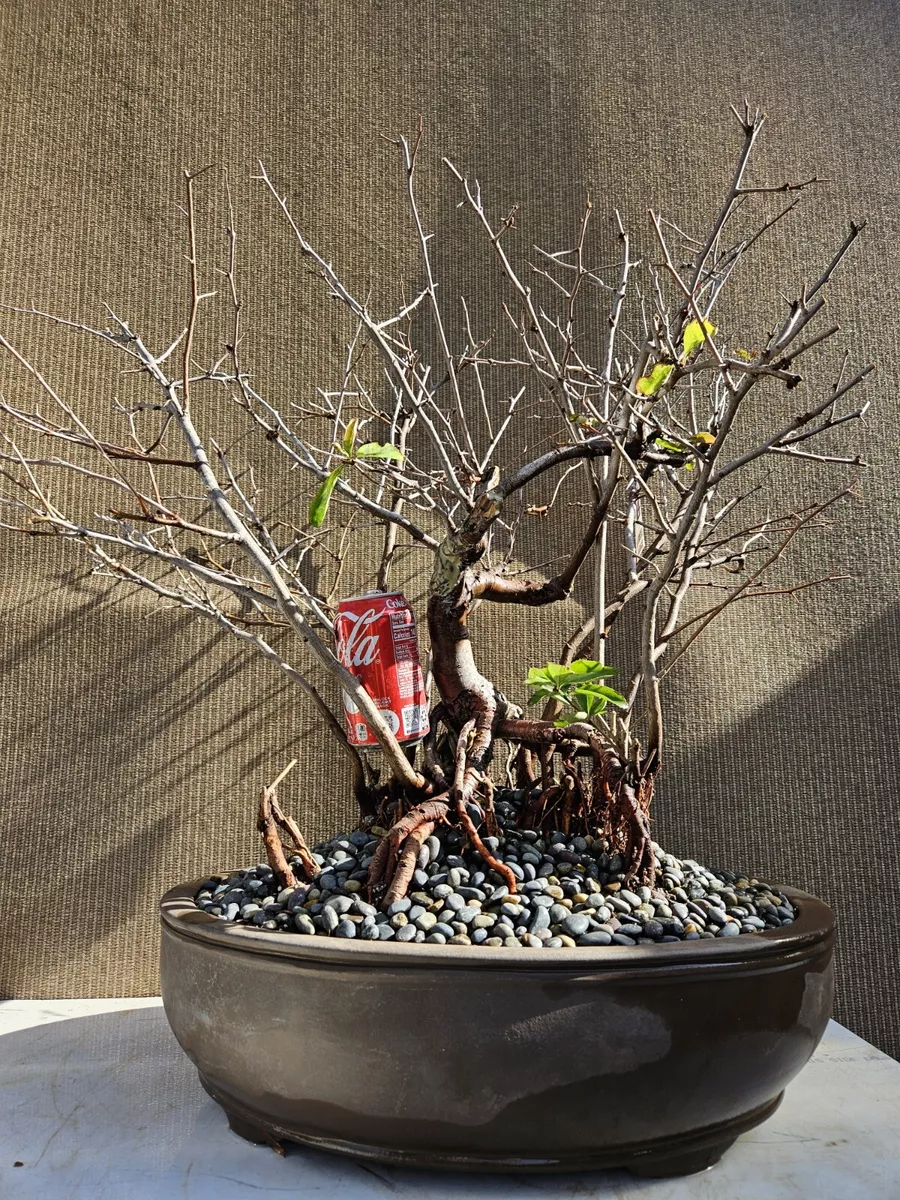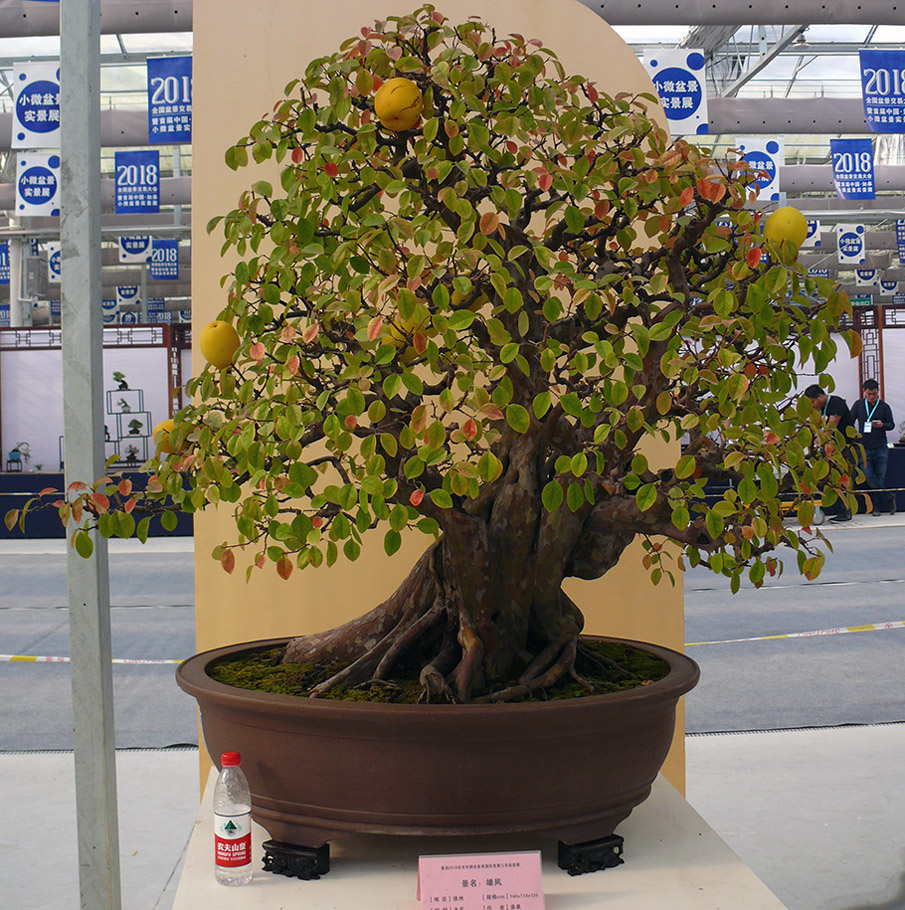Flowering Quince bonsai trees need proper watering and sunlight. They thrive in well-drained soil and regular pruning.
Flowering Quince bonsai trees, known for their vibrant blooms, make excellent additions to any garden. These bonsai trees require consistent care to maintain their beauty and health. Place them in a sunny spot where they can receive at least six hours of light daily.
Watering is crucial; the soil should remain moist but not waterlogged. Pruning is essential to shape the tree and encourage flowering. Use a well-drained soil mix to avoid root rot. Fertilize during the growing season to promote healthy growth. With the right care, Flowering Quince bonsai trees can thrive and bring color to your home.
Introduction To Flowering Quince Bonsai
The Flowering Quince is native to East Asia. It has been cultivated in Japan for centuries. These trees are known for their beautiful blooms. They come in vibrant colors like red, pink, and white. The trees were introduced to Europe in the 18th century. They quickly gained popularity due to their stunning flowers.
Flowering Quince Bonsai trees are famous for their hardy nature. They can survive in various climates. The trees have thorny branches which add to their unique appearance. Their fragrant flowers bloom in early spring. These flowers attract many pollinators. The fruit produced is small and yellow-green. It can be used for making jellies and preserves.
Choosing The Right Flowering Quince
Selecting the ideal Flowering Quince for your bonsai ensures vibrant blooms and healthy growth. Prioritize varieties with strong roots and disease resistance.
Popular Varieties
Several popular varieties exist. The Chaenomeles speciosa is known for its bright red flowers. The Chaenomeles japonica has smaller, orange flowers. Some people prefer the “Toyo Nishiki” variety. It has multi-colored blooms.
Selecting Healthy Specimens
Look for plants with bright green leaves. Avoid any with yellow or brown spots. The branches should be strong and flexible. Check the roots. They should be white and firm. A healthy plant will have a good mix of thick and thin roots.
Ideal Growing Conditions
Flowering Quince Bonsai thrives in well-drained soil with full sun to partial shade. Regular watering and occasional pruning maintain its health and shape. For optimal growth, ensure protection from extreme temperatures and strong winds.
Light Requirements
The Flowering Quince bonsai loves bright light. It needs at least six hours of sunlight each day. Place it near a south-facing window. Indoor lights can help during winter. Avoid placing it in deep shade.
Temperature And Humidity
This bonsai prefers temperatures between 60°F and 75°F. It can tolerate cooler nights. Keep it away from drafts and sudden temperature changes. High humidity is important. A humidity tray under the pot can help. Misting the leaves also increases humidity.

Credit: www.ebay.com
Soil And Potting Needs
Flowering Quince Bonsai thrives in well-draining soil with organic matter. A balanced potting mix ensures healthy root growth.
Best Soil Mix
Well-draining soil is crucial for a flowering quince bonsai. A mix of akadama, pumice, and lava rock works best. This combination helps roots stay healthy. The soil should retain moisture but not stay wet. A small amount of organic matter can be added for nutrients.
Repotting Guidelines
Repotting should be done every two years. Use a slightly larger pot each time. This allows room for root growth. Remove one-third of the old soil during repotting. Trim the roots carefully to encourage new growth. Fresh soil mix should then be added. Water the tree thoroughly after repotting.
Watering Practices
Proper watering ensures healthy Flowering Quince Bonsai trees. Maintain moist soil without overwatering, and adjust based on seasonal changes. Adequate drainage and humidity control are crucial for optimal growth.
Frequency And Quantity
Water the bonsai tree once a week. Ensure the soil is slightly moist but not wet. Use a small amount of water each time. Avoid letting the soil dry out completely. Check the soil daily with your finger. Water more frequently in hot weather. Less watering is needed in cooler seasons.
Signs Of Overwatering
Yellow leaves can be a sign of overwatering. Check for mushy roots. The soil might feel constantly wet. Watch for mold on the soil surface. Reduce watering if these signs appear. Ensure proper drainage in the pot. Let the soil dry out a bit before watering again.
Fertilization Tips
Use a balanced fertilizer for your Flowering Quince Bonsai. Choose a fertilizer with equal parts of nitrogen, phosphorus, and potassium. Organic fertilizers work well too. Fish emulsion and compost tea are good options. Avoid fertilizers with high salt content. They can harm the roots.
| Season | Frequency |
|---|---|
| Spring | Every two weeks |
| Summer | Monthly |
| Fall | Every two weeks |
| Winter | Once a month |
Pruning And Shaping Techniques
Use sharp pruning shears for clean cuts. This helps the plant heal faster. Wire cutters are needed for shaping branches. Always clean your tools to prevent disease. Wiring is important for shaping. Wrap the wire around branches to guide growth. Be gentle to avoid damage.
Prune your bonsai tree in late winter. This is before new growth starts. Regular trimming keeps the tree healthy. Aim to prune every two months. Remove any dead or yellow leaves. Shape the tree during the growing season. This helps maintain its form. Always monitor the tree’s health closely.

Credit: bonsai4me.com
Pest And Disease Management
Aphids and spider mites are common pests. They harm the leaves. Fungal infections can also occur. Watch out for black spots on leaves. This indicates fungal issues. Another problem is root rot. It happens due to overwatering.
Inspect your bonsai regularly. Early detection helps. Use insecticidal soap for pests. Neem oil is also effective. Ensure proper air circulation. It prevents fungal growth. Water the tree properly. Avoid overwatering to prevent root rot. Keep the soil well-drained.
Seasonal Care
Protecting your Flowering Quince bonsai in winter is very important. Place the bonsai in a sheltered area. A cold frame or unheated greenhouse works well. Cover the soil with mulch to keep roots warm. Water sparingly but do not let the soil dry out. Keep the tree away from strong winds and heavy snow.
Summer care ensures your bonsai stays healthy. Place the tree in a spot with morning sun and afternoon shade. Water the bonsai daily, but avoid waterlogging. Fertilize every two weeks with a balanced fertilizer. Trim new shoots to maintain shape and size. Check for pests and treat immediately if found.

Credit: www.bonsaiempire.com
Conclusion
Caring for a Flowering Quince Bonsai is rewarding. Follow proper watering, pruning, and sunlight guidelines. These steps ensure healthy growth. Enjoy the stunning blooms and unique charm. Your bonsai will thrive with consistent attention and love. Happy gardening!

